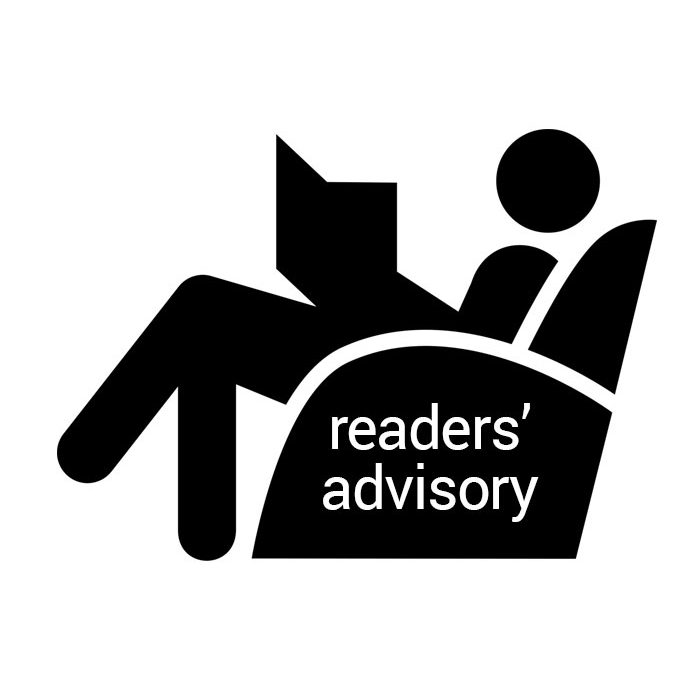It’s a new year and a great time for making reading resolutions. One form this resolution may take is to respond to a Reading Challenge. Taking this type of challenge can not only be fun, but also a great opportunity to change some of our entrenched reading habits.
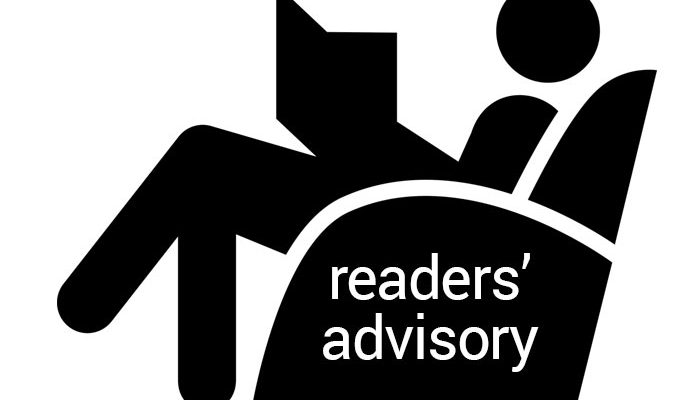
Red Hot RA: Demystifying the Romance Genre
It’s the genre readers (and non-readers) seem to love to hate: romance.
Despite sales of more than $1B in 2013 (RWA), romance is often a difficult sell to those who aren’t already die-hard fans. Why is that? At 2015’s RA in a Day conference, speakers were brought together to discuss why romance is so popular and why readers should give it a chance.
Developing a Great Read
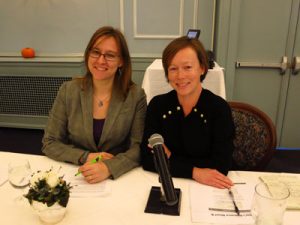
Karen Reid and Dana Hopkins of Harlequin Books discussed some of the trends and the collegial atmosphere and relationships among romance writers and readers. Cowboys and babies are still going strong and resonate with romance readers as does erotica, and the publisher has been offering racier novels in their e-publishing branch, Carina Press, that should appeal to more adventurous readers.
So why does Harlequin print so many series? Because there’s a demand for it. Some series do better than others from a sales perspective, but as long as there’s a reader wanting a sweet romance or a hot and steamy read, there will always be more than enough series to satisfy.
Romance writers are a friendly, passionate group.
Women who write romance are often part of a bigger circle of published authors and new writers trying to break into the genre. They’re resourceful and not as competitive as you’d believe. While there is still the assumption that romance is an easy genre to write, Reid and Hopkins made it clear that romance takes a lot of time and work from both the author and the editor, but the relationship between the two is a collaboration that brings the book together.
Working Together
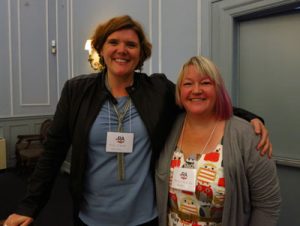
Romance writer Molly O’Keefe and Maureen McGowan are members of the Toronto Romance Writers (TRW), a chapter of the Romance Writers of America (RWA). With more than 10,000 members, the RWA is an organization where romance writers can share information and learn about the genre and improve their work.
Next May, the TRW will be doing a screening of “Love Between the Covers,” a documentary on the romance genre and its writers and readers.
“She is the Plot”
For Maya Rodale, the author of several romance novels and Dangerous Books for Girls: The Bad Reputation of Romance Novels Explained, romance writing has always had a bad reputation because the novels communicate radical ideas about women. The heroines have names, thoughts, and feelings. “She is the plot,” Rodale says. The books are an immersive experience where readers can identify and empathize with the characters and feel hopeful for the future. Many romance heroines are women “struggling to be seen” and loved for their brains, not their bodies.
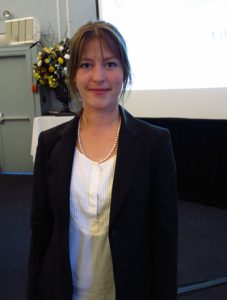
Despite the vast range of sexual expression, most romances are considered dirty or smutty, mainly because of the so-called “clinch” covers available on so many novels.
According to Rodale, sex, desire, and pleasure are integral to relationships, and the “happily ever after” often associated with romance novels is more of a “happily for now.” It’s a resolution to whatever was hindering the relationship, and a reward for working through the hard stuff.
According to Rodale’s research, 60 percent of readers consider themselves feminists, and if a romance makes them feel better about themselves and energized about the future, where’s the harm in that?
Finding the Right Book on the Shelf
Finding a romance novel for a reader can be a difficult task for any savvy librarian. Library of Congress records have only three genre terms available to describe a romance: love story, romantic suspense, and paranormal.
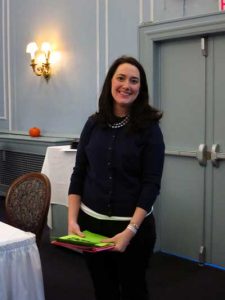
Lisa Schimmer, a cataloguer for NoveList and winner of the RWA’s 2015 Cathie Linz Librarian of the Year award, developed several new subject headings and genre terms to make finding that next romance much easier. She expanded the number of headings to 24 from 3 by looking at individual titles and cataloguing them by character, location, time period, and genre, giving readers and librarians more appeal portals to narrow down the search and find the right romance.
Each speaker at RA in a Day was passionate about the romance genre. They enjoy both working and reading the books, and it’s clear that, for them, romance deserves credit for being one of the most popular genres on bookshelves.
Jennifer Green is a Branch Librarian at the Oshawa Public Libraries. She currently sits on the Readers’ Advisory Committee and the Loan Stars Steering Committee.
